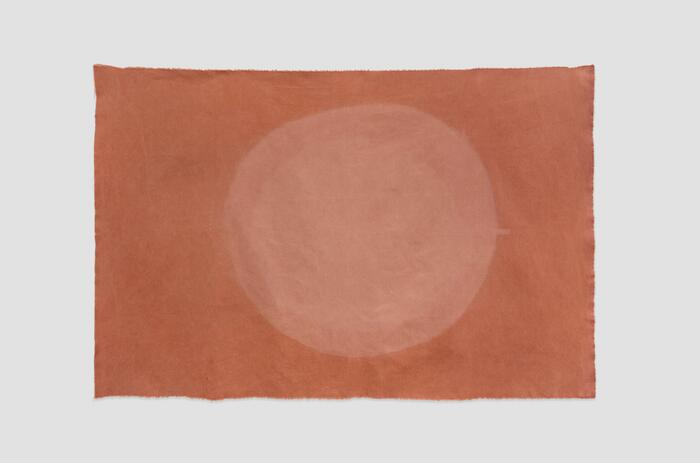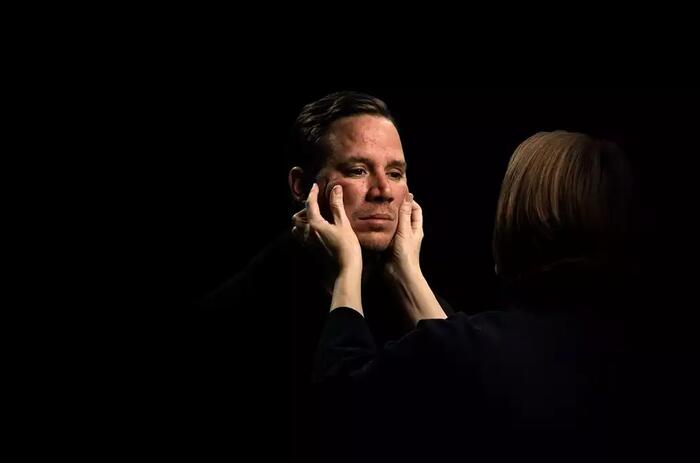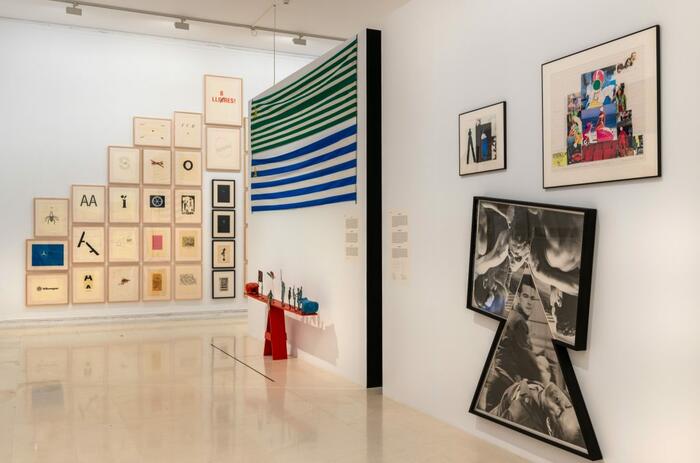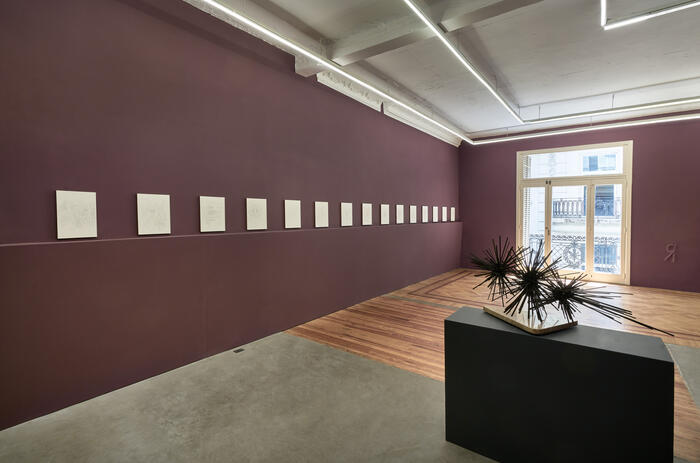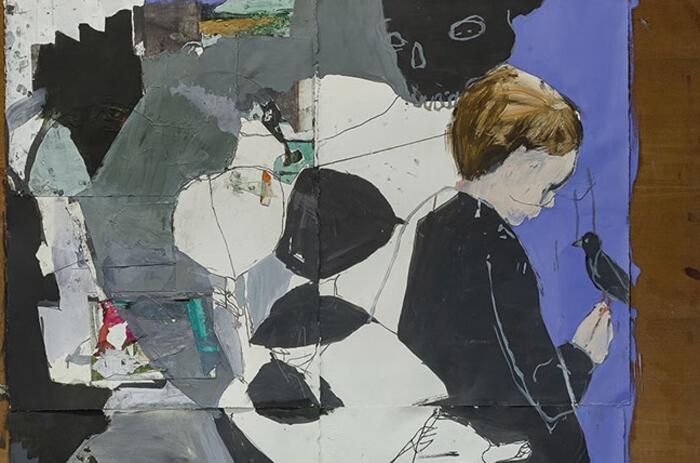BETWEEN RETROTOPIAS, DRIFTS AND STILL LIFES – CAO FEI – THE FUTURE IS NOT A DREAM
Until this April 2024, one of the recent galleries of the Pinacoteca Contemporânea - the new annex of the traditional and active Pinacoteca do Estado de São Paulo, which opened in 2023 - has become a special locus, where past and future, tradition and modernity, nostalgia and dazzle, fortress and ruin, among other poetic axes, present themselves to a visitor who is between perplexity and fascination. The author of this suspension of time is the Chinese artist Cao Fei (Guanghzou, 1978), one of the key artists of the contemporary world, who has her first solo show in South America, after (more discreet) appearances at the 29th São Paulo Biennial (2010) and the 9th Mercosul Biennial (2013), in Porto Alegre, in the south of the country.
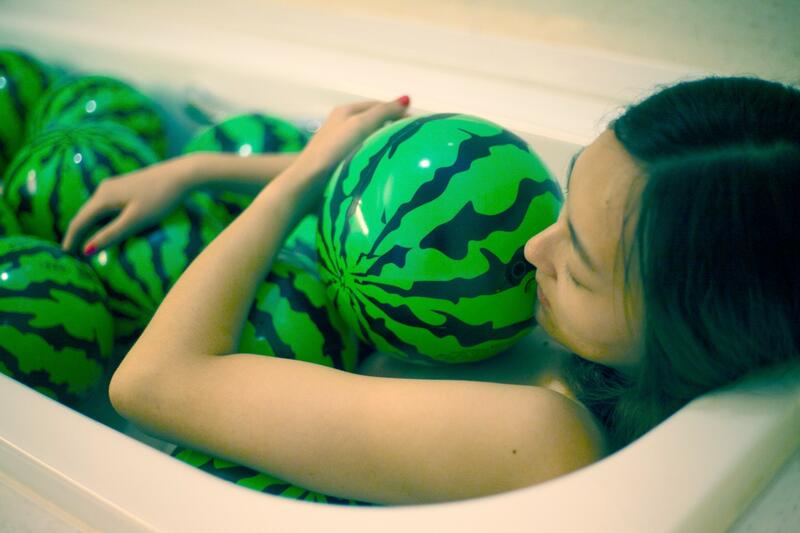
Impeccably curated by Pollyana Quintella, O futuro não é um sonho is divided into four sections: manufacturing and globalization, the past and present of the virtual world, memories of socialism and sci-fi, and, finally, urbanization and dystopia. Unlike the vast majority of monotonous and boring works in festivals and group shows that promote 'new technologies', the artist's production builds, through elaborate connections, developments and research, a body of work that is deeply critical of the ease and maximum circulation of such devices. Quintella sums up this questioning spirit when she talks about The Eternal Wave (2020), one of the most important works in the section. "(...) The virtual reality experience is at the service of historical research, distancing itself once again from any presentism or mere technical dazzle," she writes in the extensive catalog.
In fact, Eternal Wave is one of the basic works in the most poignant part of the exhibition, Memories of Socialism and Sci-Fi. It is here that the artist reveals an accurate and persistent conceptual and visual investigation, in which she shuffles analog, digital and hyper-technological expectations, tools and strategies, producing series and works that go beyond the elusive sensory and relate to the perverse effects of a volatile or practically non-existent urbanism. In reality, a capitalism that is beyond savage makes almost everything dusty - if it weren't for the artist's committed work, without slogans or labels.
Eternal Wave is a work made in augmented reality and is inextricably linked to Nova (2019); a video installation centrally located in the exhibition space. In Nova, a scientist's son wanders around in a time lapse, unable to fixate on a particular space-time, making his drifting distressing. Over the course of more than an hour, the artist shows this narrative, which lies on the borders of the documentary – real films of Chinese sci-fi from the 1960s derived from its contemporary made in the former USSR – and the fantastic –the young man travels through the most varied environments wearing astronaut's clothes and in a climate that mixes socialist realism and the existential sci-fi of Tarkovski and Kubrick, among other influences. Other characters walk around the big screen, arranged like in an old movie theater, with wooden chairs and audiovisual immersion. In this possible future (or already in the present?), the inhabitants of the city live alienated from the outside by devices that heighten solipsism, in empty neighborhoods or under a strange and permanent situation of dismantling.
In Eternal Wave, some of the faltering protagonists appear in this kind of new setting, where the (former) viewer finds themselves on a journey that simulates our real universe, three-dimensional and with movements that interfere with the play itself. We are taken to a small kitchen, which we will later learn is a recreation of the former outbuilding of the same old movie theater, where a wandering astronaut appears on stage coming out of the sink. There is also a metalinguistic experience, of the film within the film, in the virtually recreated cinema. There is no optimism possible in this flash-forward, and it seems that the apocalypse really has nothing to do with the biblical story. This section also includes Hongxia (2019), a video installation that tells the story of a popular movie theater in a Beijing factory district, which closed in 2008 and served as the artist's studio from 2015 onwards (it no longer exists today, as the district was unable to withstand another wave of new high-impact buildings in the region).
It's also worth remembering another big name in the Asian arts, director Jia Zhang-ke (Fenyang, 1970) and one of his masterpieces, the feature film Still Life (2006). In it, the director focuses on the small lives of a town that is about to disappear due to the construction of a gigantic dam. Also, a documentarian, the filmmaker has created one of the most precise creations on the triumph of an uncertain world over another archaic one, albeit on a more human scale, by intertwining a more fable-like air in a cinematographic construction that owes its origins to the neorealism of Rossellini and other masters. "My job [as a documentary filmmaker] is to preserve this memory," he told Bruno Ghetti in 2020 in Folha de S.Paulo.
In other parts, The future is not a dream is also interesting because it shows Cao Fei's previous productions, such as the Cosplayers series. In the photographs Bunny's World (2005) and City Watcher (2004), for example, she explores the strangeness of characters from a pop and geek world in the midst of the monstrous and merciless rise of megalopolises. In works like RMB City (2007), the use of a virtual tool like Second Life, now obsolete but falsely advertising a supposed emancipation of identity, is no less critical. Obviously, after the sedimentation of social networks and other similar devices, this creation in the metaverse now sounds naïve.
Finally, perhaps the audience will still identify with the characters in Haze and Fog (2023), which, over more than 60 minutes, parade hollow existences through the artist's rigorous camera, displaced beings in urban agglomerations without personality and impersonal. Something similar to the small robots in Rumba 2: Nomad (2015), in useless movements to clean up the discards originating from an unstoppable build/destroy/rebuild rhythm.
In this way, with Cao Fei - O futuro não é um sonho [Cao Fei - The future is not a dream], the Pinacoteca de São Paulo, led by German Jochen Volz (ex-53rd Venice Biennale, Serpentine Galleries and Inhotim) invests in exhibitions by major international names - last year's Pinacoteca Contemporânea brought South Korean Haegue Yang to the space for its inauguration - while also bringing in discussions that are not painless and more than necessary.
Cao Fei - The future is not a dream.
Until April 14, 2024.
Pinacoteca Contemporânea - Av. Tiradentes, 273, São Paulo.

